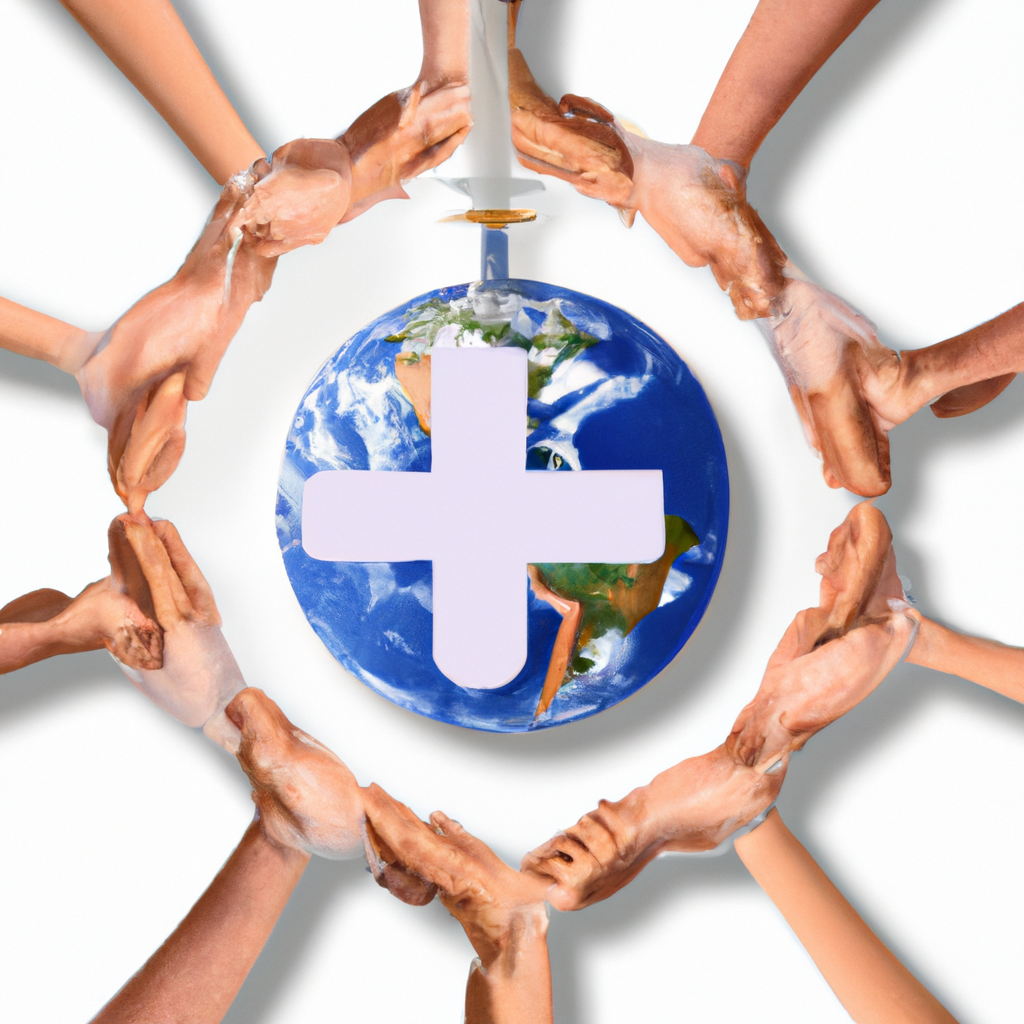In the realm of global healthcare, the availability and accessibility of essential health commodities stand as a cornerstone for effective disease prevention, diagnosis, and treatment. Health commodities, which encompass a wide range of products including medications, vaccines, medical devices, and diagnostic tools, are critical in maintaining and improving public health outcomes. The World Health Organization (WHO) plays a pivotal role in guiding the development, distribution, and utilization of these commodities to ensure they meet international standards of quality, safety, and efficacy. This article delves into the intricate world of WHO health commodities, exploring their significance, the challenges in their distribution, and the innovative strategies being employed to ensure that even the most vulnerable populations have access to the essential tools they need for a healthier future.
Sure, here's a content outline for an article on the topic of "WHO Health Commodities":
Sure, here is an HTML structure for the section of your article on "WHO Health Commodities":
“`html
<!DOCTYPE html>
<html lang="en">
<head>
<meta charset="UTF-8">
<meta name="viewport" content="width=device-width, initial-scale=1.0">
<title>WHO Health Commodities</title>
<style>
body {
font-family: Arial, sans-serif;
line-height: 1.6;
margin: 0;
padding: 0 20px;
}
h2 {
color: #333;
}
p {
margin-bottom: 20px;
}
ul {
margin-left: 20px;
}
</style>
</head>
<body>
<section>
<h2>Introduction</h2>
<p>The World Health Organization (WHO) is a specialized agency of the United Nations responsible for international public health. One of its key functions is to provide essential health commodities to countries in need. These health commodities are crucial for the prevention, diagnosis, and treatment of various health conditions, ensuring that populations have access to necessary medical supplies.</p>
<h2>Types of Health Commodities</h2>
<p>WHO health commodities encompass a wide range of products, including:</p>
<ul>
<li>Medicines and pharmaceuticals</li>
<li>Vaccines</li>
<li>Diagnostic kits and tests</li>
<li>Medical devices and equipment</li>
<li>Personal protective equipment (PPE)</li>
<li>Nutritional supplements</li>
</ul>
<h2>Importance in Global Health</h2>
<p>Access to these health commodities is vital for the following reasons:</p>
<ul>
<li>Prevention and control of diseases</li>
<li>Timely diagnosis and effective treatment</li>
<li>Improvement of health outcomes</li>
<li>Reduction of health disparities</li>
<li>Strengthening of health systems</li>
</ul>
<h2>Challenges in Distribution</h2>
<p>Despite the importance of health commodities, there are several challenges in their distribution:</p>
<ul>
<li>Logistical and supply chain issues</li>
<li>Political and economic instability</li>
<li>Limited infrastructure in low-resource settings</li>
<li>Regulatory and compliance barriers</li>
<li>High costs and affordability</li>
</ul>
<h2>WHO Initiatives and Programs</h2>
<p>The WHO has implemented various initiatives and programs to improve access to health commodities, such as:</p>
<ul>
<li>The Global Fund to Fight AIDS, Tuberculosis, and Malaria</li>
<li>The COVAX initiative for equitable vaccine distribution</li>
<li>The Essential Medicines List (EML) program</li>
<li>Prequalification of Medicines Programme (PQP)</li>
<li>Collaboration with international partners and governments</li>
</ul>
<h2>Conclusion</h2>
<p>WHO health commodities play a critical role in global health by ensuring that essential medical supplies are available to those who need them most. Overcoming the challenges in distribution requires coordinated efforts and continuous support from international communities to ensure that health systems are robust and resilient.</p>
</section>
</body>
</html>
“`
This structure includes an introduction, detailed sections on the types of health commodities, their importance in global health, challenges in distribution, WHO initiatives and programs, and a conclusion. This format should help you create a comprehensive and informative article on the topic.
